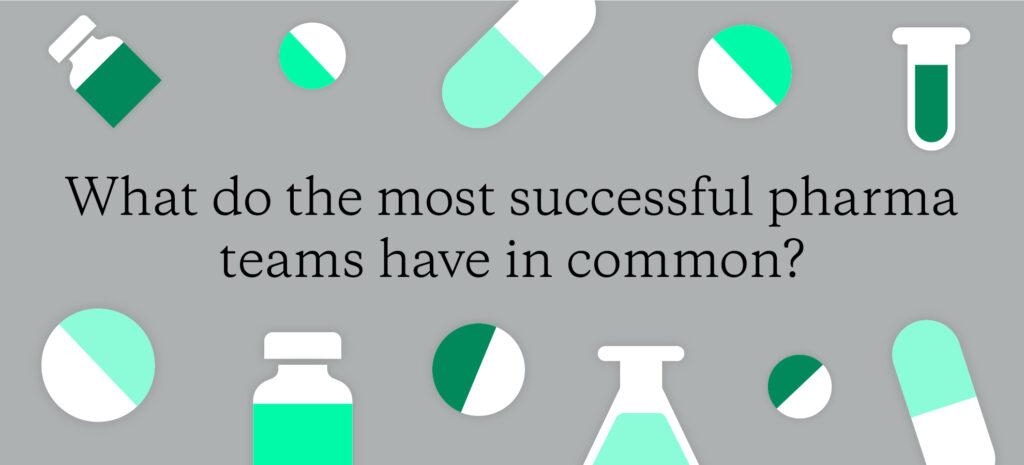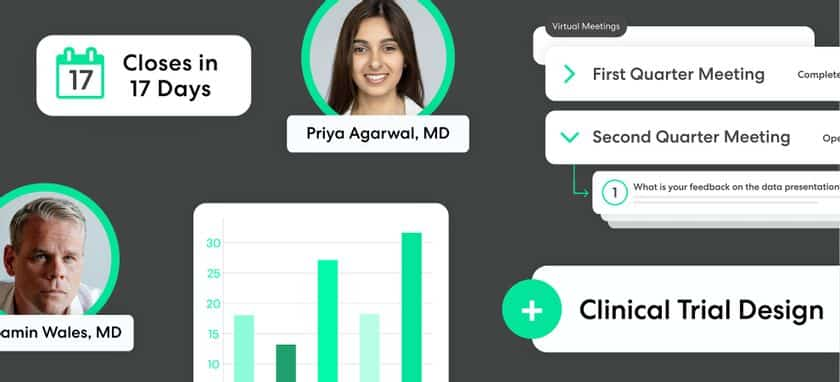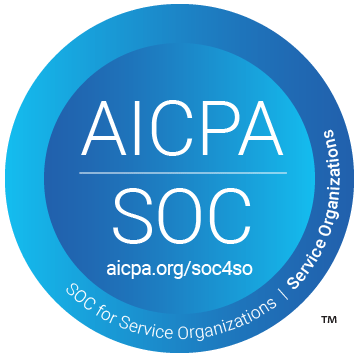In the last two years, pharmaceutical and medical device teams learned how to use technology to gather and interpret insights when traditional methods weren’t available. Now, industry leaders continue exploring how ongoing virtual touchpoints or asynchronous conversations can add more value and result in deeper insights.
But some teams are a bit further along regarding how mature their engagement strategies are. They tend to have more successful programs with better results – here are the five characteristics those successful teams have in common.
- They’re great at delegating. For many clinical R&D or medical affairs experts, online collaboration isn’t something they think about very often. But they’re confident in their team members or agency partners with more experience in this area to execute at a high level.
- They enable everyone to do what they do best. Successful collaboration doesn’t happen because one person is doing everything themselves. Large life science organizations have internal resources available that can make everyone’s job easier – take advantage of them.
- They don’t confuse goals with action plans. An action plan is “I need to conduct this event by this date.” A goal is “I need to capture the patient voice to understand the real-world impact of our products better, and translate that into HCP messaging.” The difference between the two is a program that simply checks a box versus one that moves strategy forward.
- They don’t let obstacles stand in their way. The most fun, interesting, and innovative projects happen when life science teams challenge themselves to achieve something big. (Tip: these are the projects that lead to recognition, awards, and promotions.)
- They keep things positive. Teams that are excited to break new ground, find a better way to work, and share their new knowledge with colleagues and leadership usually have the most success.
It’s a challenging time in the industry, and an environment with lots of change is also one with lots of opportunities. In other words, it’s a great time to be seen as a team member who innovates, lets colleagues shine, and gets great results.
When tackling the next challenge, ask yourself if your team meets all five of these common success factors. If not, what steps can you take to change your approach to engagement and insights management?






